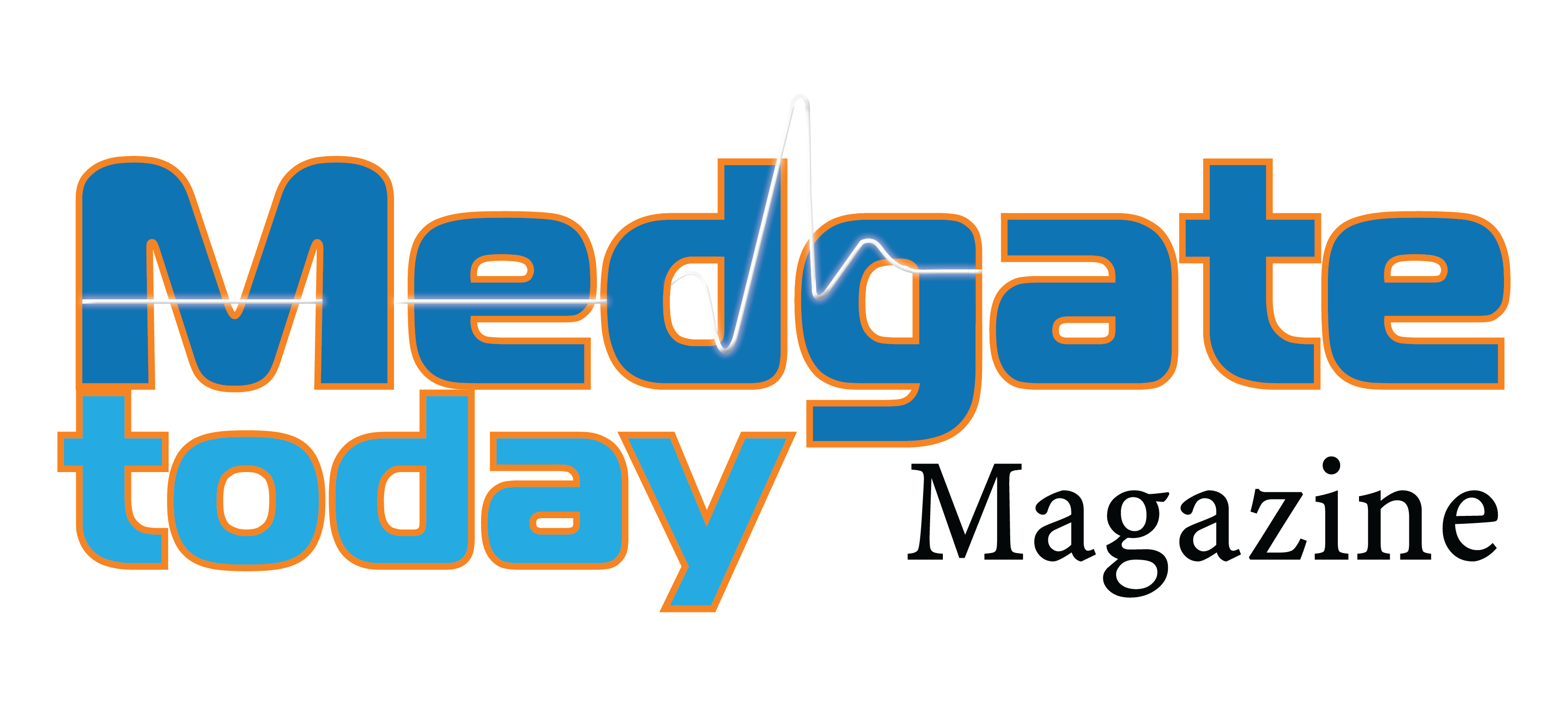BEYOND BEHAVIORAL THERAPY: INNOVATIVE APPROACHES TO AUTISM TREATMENT
Dr. Pradeep Mahajan, Regenerative Medicine Researcher & Founder of StemRx Hospital and Research Centre Autism Spectrum Disorder (ASD) poses a significant challenge to millions of families around the world, particularly as it is characterized by difficulties

Dr. Pradeep Mahajan, Regenerative Medicine Researcher & Founder of StemRx Hospital and Research Centre
Autism Spectrum Disorder (ASD) poses a significant challenge to millions of families around the world, particularly as it is characterized by difficulties in social communication, the presence of stereotypical behavior patterns and problems with sensory sensitivity, all of which continue to have a vigorous impact on the individual’s quality of life. Even though traditional therapies such as behavioral and speech related therapies have always been a popular autistic treatment, newer medical innovations motivate to address the causes of these symptoms. Included among these are regenerative forms of medicine including stem cell treatments which are becoming more and more popular in people with ASD because they have the potential to produce long lasting change.
Traditional Approaches to Autism Treatment
Traditionally, autism has been treated, taught and therapeutically managed with Applied Behavior Analysis (ABA) and other forms of communication or occupational therapy. Though effective to a fair extent, such interventions are always more of a behavioral approach rather than seeking possible biological causes. Hence for most families, this was never enough in terms of effective change which encouraged them to look for newer therapies that could provide better treatment.
A New Frontier: Regenerative Medicine and Stem Cell Therapy
Among the avenues under consideration for the treatment of autism, the use of cells and their derivatives available through regenerative therapy is gaining a lot of interest. The technique focuses specifically on repairing or restoring the function of cells to counteract some of the biological deviations believed to exist and contribute to the symptoms of ASD. As a promoter of the new medical field of regenerative medicine, Dr. Pradeep Mahajan emphasizes the changeable nature of these treatments, explaining, “Autism has so many biologic components; it cannot be managed simply by therapeutics. Regenerative medicine opens up the possibilities of considerably improving neurodevelopmental outcomes by targeting cellular dysfunctions as previously, were never thought conceivable.”
How Stem Cell Therapy Works for Autism
Stem cell therapy employs stem cells’ properties of maturation into specialized cells, such as neural cells and tissue as well as productions of growth factors, which stimulate cellular repair mechanisms and relieve inflammation. There are studies that claim that in individuals with ASD, many displayed neuro-inflammation, oxidative stress and improper functioning of the Gut-Brain axis. Such dysfunctions might explain the peculiarities of a broad spectrum of phenomena spanning from impaired social and communicative skills to disturbances of gastrointestinal health, which are foreseeable in ASD.
Clinicians look to control inflammation, alter the immune derivative response and consolidate neural networks and their functions, by using stem cells especially MSCs derived from bone marrow or umbilical remnants. This might help alleviate symptoms and improve cognitive performance, communication and even behavior.
Clinical Findings and Current Evidence
Preliminary clinical investigations as well as a family’s anecdotal evidence are consistent in asserting that stem cell therapy for autism is promising in the long run. Some patients have reportedly exhibited improvements in language acquisition, social skills, and eye contact after undergoing stem cell therapy. Although these interventions are still termed as investigational, they provide expectations for patients in search of enhanced therapeutic alternatives to the standard medical treatments.
Dr. Mahajan says, “There is a lot of information available in the literature, and now we are seeing it and it is quite interesting. Cell therapy has shown a great deal of promise towards treating ASD as it supports various other factors – inflammation, cell optimization, and even the gut brain axis. Though there is a way to go before the evidence for this approach becomes conclusive, the existing proof is certainly enough to incorporate regenerative medicine into the autism spectrum.”
Beyond Stem Cells: Integrative Approaches in Regenerative Medicine
In addition to stem cell therapy, regenerative medicine includes other innovative interventions like Intestinal Microbiota Transfer (IMT), neuropeptides, and quantum energy medicine. These methods focus on optimizing neurological health and balancing the Gut-Brain axis, which is known to influence mood, behavior, and cognition.
IMT, for example, is used to restore a healthy gut microbiome, which has been found to be imbalanced in many individuals with ASD. This imbalance can lead to gastrointestinal issues, which exacerbate behavioral symptoms. By reintroducing healthy microbiota, this approach aims to alleviate gut-related symptoms and support overall brain health.
The use of energy fields in enhancing cellular communication and functioning is attempted through yet another experimental medicine which is quantum energy medicine that may help in increasing the body’s inherent healing abilities. “I see the future for treatment of autism not in such drugs that are used only to mask the symptoms, but in integrative, personalized therapies,” Dr. Mahajan adds. “When utilized with cellular therapy, these new strategies may provide a more complete approach, focusing on the neurological features in addition to the other systems that are involved in the condition of autism.”
Conclusion: A Holistic Approach to Autism Treatment
Considering the fact that behavioral therapy has been the primary treatment strategy for autism, it is worthwhile mentioning that there are much more innovative approaches that could be utilized in the future. The use of stem cells and regenerative medicine can be a paradigm shift in treating autism because it is in its nature biological rather than behavioral. In the view of Dr. Mahajan, there is a possibility to combine these advanced techniques with other methods and it will bring remarkable changes, providing comfort to thousands of families. In this context, therapies such as cellular and regenerative medicine have the potential to become a game changer for autism treatment by helping to adopt a more comprehensive solution to the problem.






